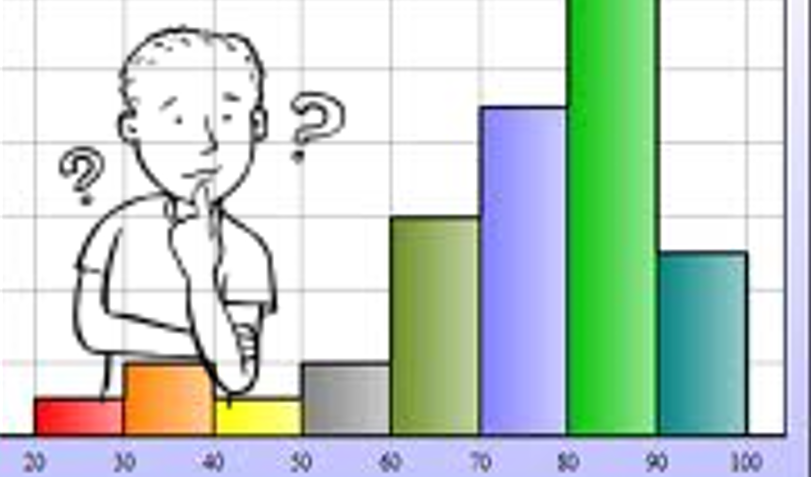Summary
The concept of literal equations can initially be a difficult one for middle school students to understand. This lesson was written in an attempt to make the topic more meaningful and engaging for students. Students are introduced to literal equations through exploration and discovery as opposed to teacher-led instruction. The lesson requires students to solve real-life problems that necessitate the rewriting of formulas for a different variable, then to locate a formula of their choice to re-write for a different variable, and then to present their formula to the class using presentation software.
The lesson begins with a whole class brainstorm of what is a formula. The intention of the brainstorm is not to have students come up with a formal definition of a formula, but rather to simply begin thinking and talking about formulas and their uses.
Real-life problems involving formulas are then presented to the students in a digital flipchart, which is downloaded onto their laptops to complete with their groups. The problems were written to be of interest to the students by using data that is appealing to them, such as determining the average speed of the fastest runners on the school’s track team and calculating the heights of various triangles for an art project. Students are directed to work together at their tables of four and five to solve the problems and then to answer follow-up questions about the problem-solving process once the problems are completed.
The lesson culminates with students searching the Internet to locate a formula to re-write for a different variable. Both forms of the formula are then displayed on a presentation slide, which is then shared with the whole class.
TIPC Ratings
Although the students are not provided with any guidelines for research, the research is minimal. Students are not evaluating large amounts of information. No direct instruction concerning how to conduct a search and determine accuracy of source was provided. Research and Information Fluency was not a focus of this lesson.
The students worked in teacher-selected small groups initially and alone for the second part of the lesson. Communication and Collaboration was not a focus of this lesson.
This lesson was written in an attempt to make the topic more meaningful and engaging for students. Students were introduced to literal equations through exploration and discovery as opposed to teacher-led instruction. The lesson required students to solve real-life problems that necessitated the rewriting of formulas for a different variable, then to locate a formula of their choice to re-write for a different variable, and then to present their formula to the class using presentation software.
The teacher included connections between subject matter in the formulas presented to the students.
The students worked on class assignments that blended technology and limited aspects of personal choice to generate new formulas.






